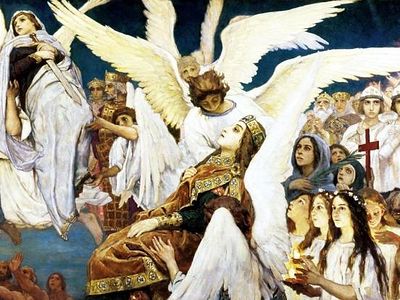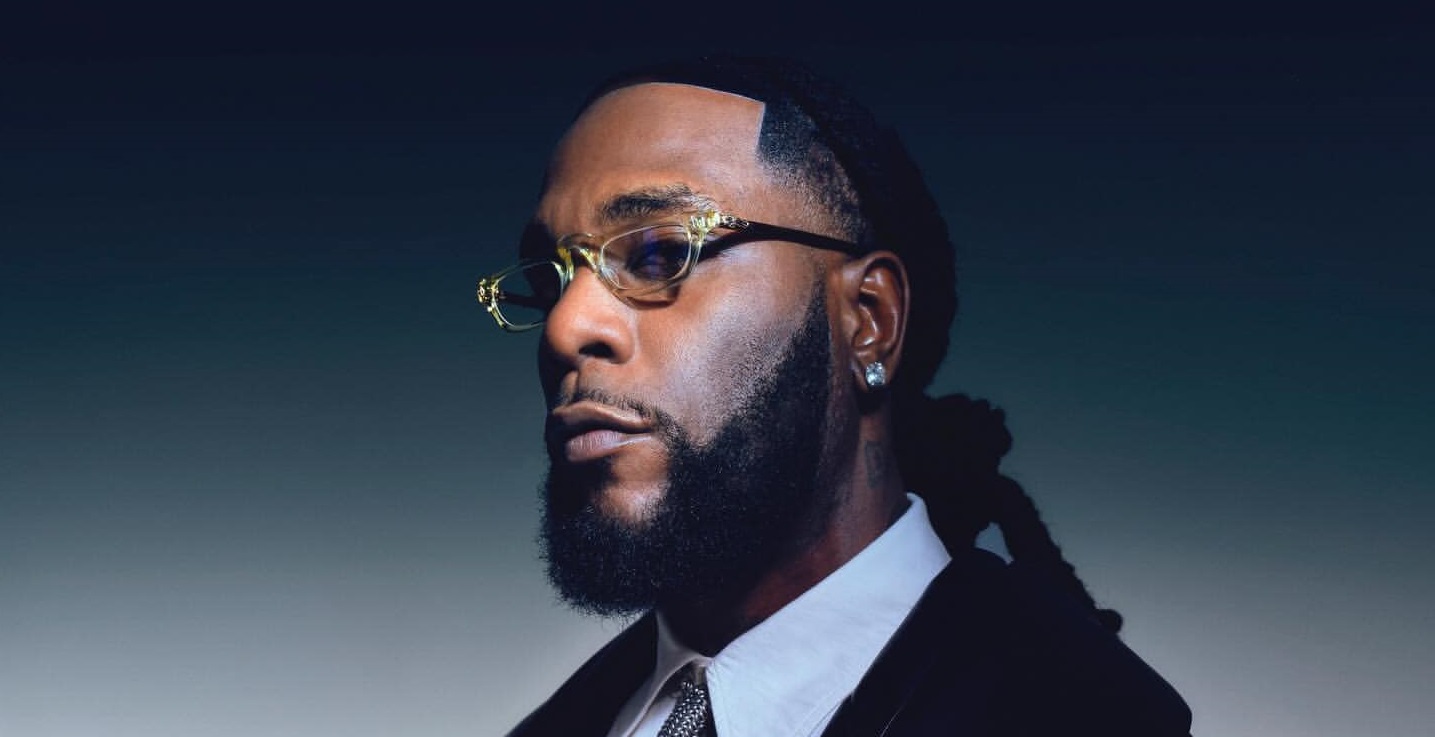Photo: Georgy Lanchevsky
The Catcher in the Rye (1951) by J. D. Salinger is a classic of American and world literature of the twentieth century. You read it or listen to it in one breath. It is an extremely solid and powerful work.
The main character, the sixteen-year-old Holden Caulfield from a wealthy family, an “elite boy”, captivates readers with his sincerity, ingenuousness and deadly sarcasm, which, unfortunately, eats away at him above all. He disagrees with everything, denies everything, doubts everything, gets annoyed with everything to the point of hatred, but he conceals it in himself without letting it out.
Perhaps for the first time in world literature the author managed to masterfully describe the type of a neurotic person for whom everything is bad and wrong, the type of loner who is annoyed and irritated by everyone, the type of pessimist who sees only negativity everywhere and in everything; a neurotic person for whom it is extremely hard to communicate with others, although he hides it carefully. This type of person originated and spread extensively in the stone jungle of urbanized consumer society obsessed with the “American dream”. Those who feel his pretense and falsity and his inner emptiness keenly, doom themselves to misanthropic loneliness.
For others such a person wears the mask of an innocent crank, through which what he really thinks and feels breaks very rarely. For this to happen something extraordinary must take place—something that would make him lose his temper and drive him out of his wits: His deepest feelings must be hurt, or trouble must befall those dearest to him.
This discrepancy is the protagonist’s tragedy. This is what the novel’s open ending suggests— the “confession” of a teenager who is at a tuberculosis hospital.
The discrepancies between his desires and reality, his inner truth and outer reality, his ideal dreams and the prose of life, between the voice of his conscience and the need to agree with others… He bears these discrepancies, this split within himself, and cannot come to terms with it in any way. He does not agree to back down and change his inner world for the sake of the outside, does not want to pretend, be a hypocrite, wear masks, play roles and be like everyone else in order to eventually forget and lose himself, and come to believe that it is “necessary”, “normal”, “right” and the “real adult life”.
Growing up is the renunciation of the original, real and childish self through the adoption of a different, alien and fake way of thinking and living. This is exactly what the adults in Holden’s life—his parents and teachers—call him to do. And that’s exactly what he doesn’t want to confirm with.
Those who don’t become adults end up breaking down; their souls can’t stand the empty and stiff formalism of adulthood, when people say things they don’t think, do things they don’t really want to, want things they don’t believe in, act to please others and not to be themselves, live without living, but playing, like in a theater or a movie where they pretend all the time.
“All the world’s a stage, and all the men and women merely players,” William Shakespeare once remarked. Holden just can’t accept it because he hates all kinds of lies.
That’s why the protagonist so abhors Hollywood—this dream factory with its advertising and commercial falsehoods, but loves children with their ingenuous sincerity and frankness.
The author perfectly depicts the inner world of a sixteen-year-old teenager with his maximalism, mood swings, hormonal changes, lack of understanding of himself, rebellion against authorities, condemnation of adults and the simultaneous desire to become one, the incapability of calm self-reflection and critical sobriety, inferiority complex, desire for self-affirmation, irrepressible self-love and vanity, reverie and exuberant fantasy detached from reality.
The main character is a teenage rebel who locks all his rebellion inside himself, and it tears him apart from the inside. He does not want to remain the way he is, nor to become like adults—he is disgusted and hates living in their assumed, artificial and conventional world.
He only feels good with children. If he could, he would communicate with them alone. All he wants is to catch them over the abyss in the rye, preventing them from falling into that abyss. This is his cherished dream and at the same time it is a parable that is key to the novel.
The rye is our crazy world with its trials and temptations and it is also all people we come into contact and communicate with—that is, all our neighbors, speaking in the Gospel terms. All people are the rye and at the same time those who make their way through this rye. Everyone is both the rye for others and someone who walks through the rye of others at the same time. Each one of us, whether he wants it or not, has to go through the rye of the people around them, while trying not to lose their way and not to lose themselves, which is extremely hard.
The abyss is this loss of oneself, the loss of one’s original inner and outer integrity,  Honesty as an Instrument of SalvationThe Gospel is a very honest Book; it demands honesty from us in our relationships with God, others, and ourselves.
Honesty as an Instrument of SalvationThe Gospel is a very honest Book; it demands honesty from us in our relationships with God, others, and ourselves.
“>honesty and sincerity. For Salinger this is more dreadful than  Perspectives on DeathSo, I was thinking: why don’t we all write a summary of the life we lived at some point? I bet without a doubt it’ll scare us; some will break out into a cold sweat, and from this, good life changes will be born. Mortal memory, after all, is so… creative.”>death itself. The rye leads to the abyss, it always leads to the abyss, people lead each other to the abyss—most often without understanding or realizing it. According to the Gospel, They be blind leaders of the blind. And if the blind lead the blind, both shall fall into the ditch (Mt. 15:14).
Perspectives on DeathSo, I was thinking: why don’t we all write a summary of the life we lived at some point? I bet without a doubt it’ll scare us; some will break out into a cold sweat, and from this, good life changes will be born. Mortal memory, after all, is so… creative.”>death itself. The rye leads to the abyss, it always leads to the abyss, people lead each other to the abyss—most often without understanding or realizing it. According to the Gospel, They be blind leaders of the blind. And if the blind lead the blind, both shall fall into the ditch (Mt. 15:14).
In 1943—that is, when the novel was being written,1 Jean-Paul Sartre’s play, No Exit, came out. Its final words are: “Hell is other people.” The French existentialist philosopher felt the same as Salinger did and thought about the same things.
Holden and teenagers like him are on the very brink of this abyss of hell. All they want is to keep themselves and as many children as possible from falling into it.
Both the protagonist and the author wish reality could be like this, but, unfortunately, it is impossible. It is impossible to save children from losing themselves by your own efforts. Holden can’t even save himself—his illusory dreams are not destined to come true. All children and the protagonist himself are doomed to become adults, fall and die in this artificial game world—a world in which, according to the Apostle John the Theologian, the lust of the flesh, and the lust of the eyes, and the pride of life (1 Jn. 2:16) reign.
In Salinger’s view, no one can avoid this. Everyone becomes an adult, leaving their childishness in the past. Everyone goes through the rye and falls into the abyss, and no one can save them from it.
Children don’t realize it yet—that’s why they’re still happy. But Holden has already realized this painfully and acutely, as well as the fact that he can’t do anything about it and can’t change it in any way.
He does not know the Gospel possibility of being like children (cf. Mt. 18:3), regardless of age. Unfortunately, for him Christianity is an integral part of the adult world, the world of lies, which he protests, rejects and overthrows, thereby dooming himself to a breakdown, emptiness and despondency. He doesn’t trust anyone or anything, not even himself. The only thing he is guided by in his life is emotional impulses, emotional arbitrariness, and that’s all.
In order not to humble yourself before the evil world you must humble yourself before Christ. Otherwise, your pride will tear your heart into pieces.
 About HumilityThus, we should learn humility not from angels, not from men, not from the great books of the Gospel, but from Christ Himself, for He calls us to this.
About HumilityThus, we should learn humility not from angels, not from men, not from the great books of the Gospel, but from Christ Himself, for He calls us to this.
“>Humility is the path to mental and physical normality and health. That’s what you understand on reading the novel. I don’t know if the author meant it—he probably didn’t. You come to this conclusion provided that you look at this book with Christian eyes.
In fact, as we grow up, we make a choice between two humilities—before the earthly world or before God. Those who do not choose either are left alone with their pride, which simply eats them up from the inside, making them pariahs, eccentrics, madmen, unsound to others and to themselves alike.
As a result, the existence of such people becomes unbearable, and they decide to commit suicide. The novel does not have this outcome, but does appear in Salinger’s short story, “A Perfect Day for Bananafish,” published three years before The Catcher in the Rye. Its protagonist, Seymour Glass, resembles the grown-up Holden Caulfield who could not resign himself to the world around him.
Humility (no matter before what) makes a person able to believe in something that is above him and thus allows him to find a point of support and of reference, meaning, purpose and the coordinates of life.
Those who humble themselves before “this world” acquire faith in it, its consciousness, ideas and values. Those who humble themselves before the Lord acquire faith in Him, in His power and authority, in His Providence, and receive His mind, desires, and feelings (cf. 1 Cor. 2:16).
You believe in what you humble yourself before. You serve what you believe in. If you do not humble yourself before anything, you are left alone—in the vacuum of your self-love, in the weightlessness of your pride, in the emptiness of your introspection and self-pity. Such a person makes himself an enemy and a stranger to everyone, and ultimately to himself.
The society the protagonist has to live in is the “atomized society” described by Hegel. In it everyone is selfish and individualistic, loving only themselves, living only for their dear selves—that is, for the satisfaction of their infinite egos.
Proud people live to be proud—it is a vicious circle. Pride is a snake that bites its own tail and nourishes itself this way. It is meaningless, futile, and destructive.
The only thing that unites egoistic people and glues them together is the external rules and institutions of coexistence that they have developed and agreed to observe so that society can survive and develop; something that is called a “social contract”, culture or civilization. In order to somehow coexist, people have to play by the rules, put on masks of decency, culture and civility. If these didn’t exist, there would be a war of all against all.
But the protagonist does not want to understand and accept this. For him all the external forms of human society are sheer pharisaism, based on selfishness and deceit. For a maximalist youth, wherever there are lies, everything is odious and should not exist. However, the truth is inaccessible to him either. Therefore, all that has to counter the untruth of the world around him is his own pride, his rebellious protest, which is doomed either to surrender or to madness.
In the spiritual sphere, when we fight the enemy with his own weapons, we ourselves become like our adversary—we become no better than him.
The Catcher in the Rye is a novel of warning, a novel showing the hopelessness of the world of adults and the world of children in which there is no Christ—no Way, no Truth and no Life (cf. Jn. 14:6).
If there is no Christ, then there is no Heaven and no vertical of ascent to Him. If there is no Christ, then there is only a horizontal line ending in a chasm. Rather, in two terrible chasms: those of hypocrisy and of selfish introspection.
“The abyss you’re rolling into is a terrible and dangerous one. Anyone who falls into it will never feel the bottom. He’s falling, falling endlessly,” one of Holden’s teachers warned him.
Blaise Pascal had the idea that man is a being placed between two abysses: the infinitely large and infinitely small—that is, between the macro and microcosms. Both of these realms make up the infinity of material nature.
Besides, there is also a spiritual infinity. It consists of two infinities too: that of evil and that of good. You can endlessly descend into the abyss of hell with your sins, or, on the contrary, endlessly ascend the ladder of virtues to the infinite God.
Salinger, who apparently did not recognize sin, nevertheless wrote about two endless sinful bottomless abysses, their horror and fatality for human existence: the abyss of false humility before this world, on the one hand, and the abyss of arrogant rebellion, on the other.
It is deplorable that, in fact, the author’s main novel is very often perceived as a manifesto of teenage independence and nonconformism and is used as an argument to justify disobedience and protest.
The protest of the novel’s protagonist is neither valor nor heroism. It is an indicator of his acute pain, an external symptom of his tormenting inner illness, an expression of his deepest personal crisis. This novel is not so much and not only about protest, as it is about hopeless grief; not so much about rebellion, as it is about self-search; not so much about freedom, as it is about confusion and inability to understand oneself—it is about bondage to passions, to put it in Christian terms. This is a book about human misery, which cannot be avoided, no matter how much we want to. There is a lot of pain and very little hope here. Or rather, there is almost no hope here.
If we compare The Catcher in the Rye with another classic American novel, To Kill a Mockingbird, by Harper Lee, we will see that they differ radically as regards hope. Despite the title, there is hope in the latter book, which ultimately covers and resolves everything. You mustn’t kill a mockingbird—it’s a sin; rather, we must fight evil and do good deeds. This is the life-affirming message of Harper Lee’s book.
It appeared nine years after the publication of Salinger’s novel. Both books show the consciousness of children and the problems of their growing up—in Harper Lee’s novel, during the Great Depression of the 1930s, and in Salinger’s, the optimistic post–war late 1940s—more precisely, in the pre-Christmas days of December 1949.
The characters of Harper Lee’s novel have many external and internal problems, but they overcome them because they have ideas of sin and righteousness, dishonor and dignity. The protagonist of Salinger’s novel has only inner problems, but he cannot overcome them, because he exists outside the framework of good and evil—he simply has nothing and no one to rely on. He doesn’t believe in anything or anyone, not even himself, and sees a dirty trick, a deception and a trap everywhere. Holden lives in a society in which, in Nietzsche’s words, “God is dead”—in which people themselves have killed God in themselves, in their souls and in their relations with each other.2
True, like other Christian feasts, Christmas is still celebrated in this society, but as a tribute to tradition, a family ritual and children’s family festivities. They no longer illuminate the life of an individual, family, or society with the meaning. There is a lot of bright tinsel here, but very little life and truth. And Holden feels it perfectly well. So, Christmas only exacerbates his suffering, his rejection of the outside world, which only pretends to believe in something. There’s even more hypocrisy here than on ordinary days.
Today we know how the celebration of Christmas in the West is being transformed, often losing its link with the Gospel narrative and with Christ in the mass consciousness, losing its original salvific meaning.
It is a pity that many people want to imitate the protagonist and are delighted with the things that terrified the author. There is not much to imitate Holden Caulfield in—except for his love for children, though with reservations. They (children) suffer themselves and torment others. You can only sympathize with people like him. We should try to understand them without judging them, and help them come to Christ. For this to happen we must love them truly and sincerely, warming up their hearts, frozen with distrust of everybody and everything.
The author himself experienced the existential crisis described in the book. Faced with misunderstanding of his work, with a total distortion and substitution in the mass consciousness of what he wanted to say, he withdrew from the world and began to live as a recluse, carried away by Zen Buddhism and other Eastern religious practices. In fact, realized his protagonist’s dream of getting away from everybody and living an inconspicuous life according to his own will, and not someone else’s. Apparently, this is how Salinger wanted to overcome the spiritual illness that he had diagnosed in the book.
I don’t think he succeeded, because he looked in the wrong place. True healing and salvation can only be given by Christ, Who said:
Come unto Me, all ye that labour and are heavy laden, and I will give you rest. Take My yoke upon you, and learn of Me; for I am meek and lowly in heart: and ye shall find rest unto your souls. For My yoke is easy, and My burden is light (Mt. 11:28-30).







